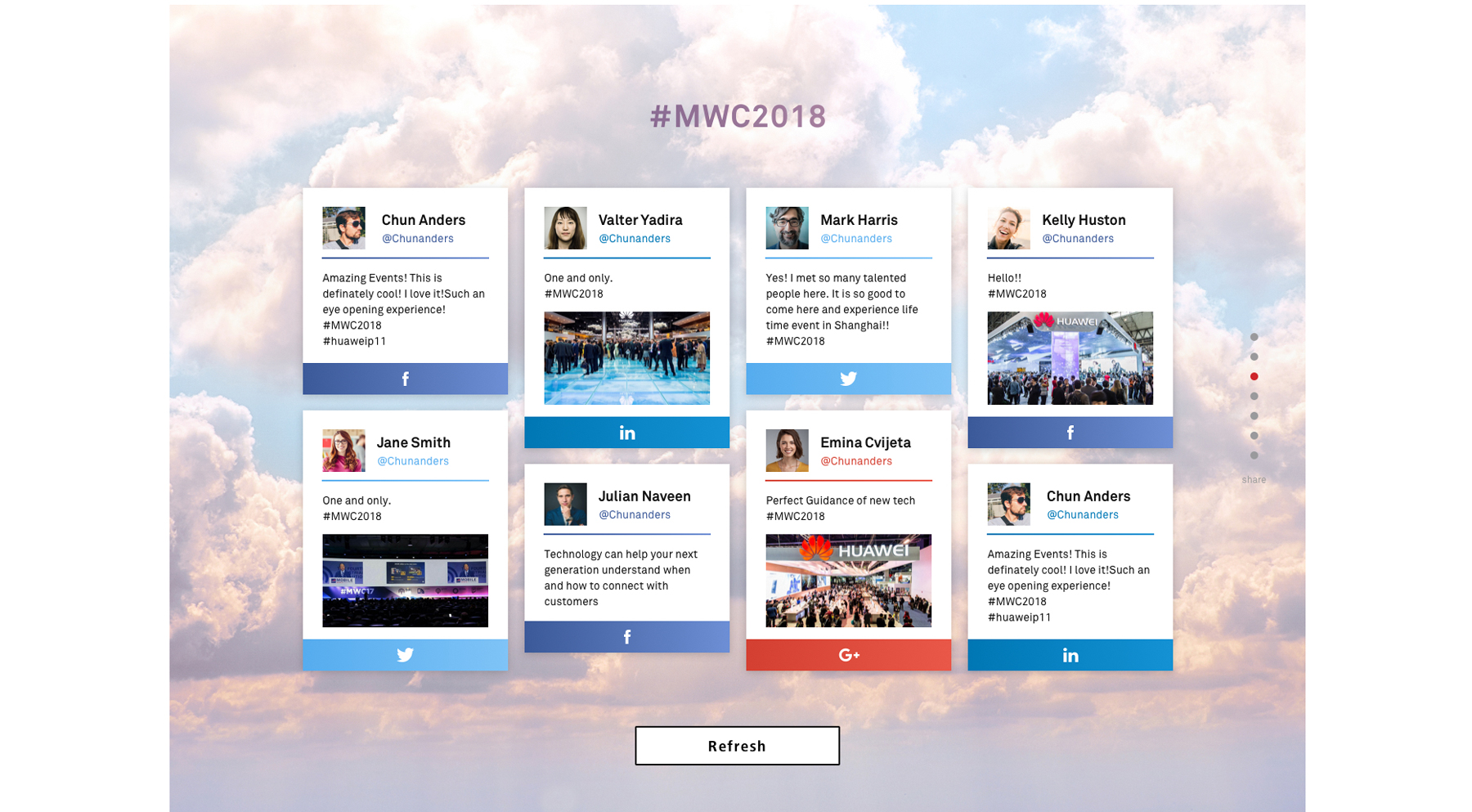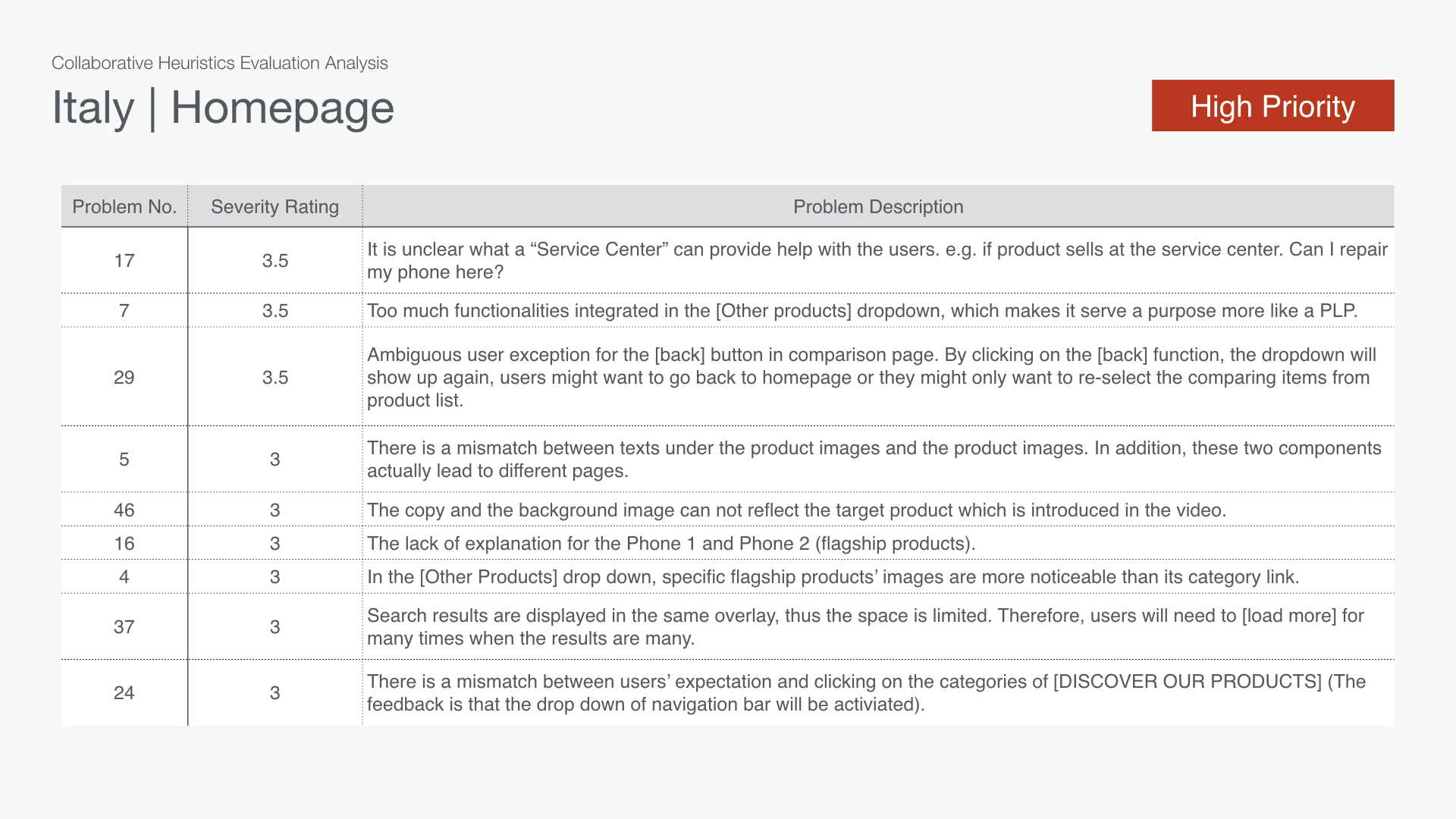-
 Yi Zhang
Publicis.Sapient
User Experience Design Manager
Yi Zhang
Publicis.Sapient
User Experience Design Manager
-

Anthony Li Publicis.Sapient UX Designer
Efficient UX Expert Review
When your client asks you to evaluate existing websites or APPs when pitching, based on your expertise, usually we will not be able to conduct user testing due to various restrictions. In addition to that, you do not want to propose subjective or partial evaluation result to your client, either. Most of the time, you may think about Heuristic Evaluation (HE) proposed by Nielson, when conducting expert reviews. HE is a software usability evaluation methodology, which can conduct usability evaluation by adopting a comparatively simple, universal and heuristic usability rules.
One of the flaws of the conventional HE is that opinions among different User Experience (EX) experts are hard to reach an agreement. In addition to that, there are several “false alarms”, usability problems that are missed or non-critical usability issues. On top of that, to those usability experts, this type of session often makes them feel tedious and lack of challenge.
Pro. Helen L. Petrie and Lucy Buykx from the University of York proposed a refined version of HE: Collaborative Heuristic Evaluation (CHE). Their research proves that CHE performs quicker, and will be able to detect 3 times of the usability problems more than the traditional HE.
This evaluation methodology contains the following steps:
1.Preparation
1.1Understand your target audience
1.2Set up page level user objective and its related user task
1.3Create data collection form
2.Execution
2.1 Use CHE’s heuristics to start review, according to each user task
2.2 Rate every single detected usability problem, by using the usability problem severity rating proposed by Molich and Nielsen. Record the problem and its associated rating
3. Data Analysis
3.1 Analyse result
3.2 Project the result into our check form
4. Reporting
4.1 Present the result by the use of our framework
4.2 Create executable, constructive suggestions based on the usability problems
and their severity ratings.
We would present the methodology of how to use professional, effective and clear method to clearly present your results. We have been adopting this methodology in several projects. Abundant number of user testing verified the effectiveness and efficiency of our methodology. Therefore, we invite you to attend this workshop, offer you this tool, allowing you to improve the possibility of winning a pitch, and more recognition from both clients and colleagues within an ongoing project.
1. Background: Traditional HE, discuss the potential problem
2. Introduction: CHE
3. Introduction: how to present the results
4. Shares: Successful cases
5. Practice
6. Conclusion and Discussion
1. UX/UI designers
2. Product Manager
3. People who is Client-facing, or anyone who is interested in usability evaluation
1. Get a deeper understanding of HE
2. Learn more effective way of executing expert review
3. Save time and cost while still maintain quality
4. Gain higher chance of project acquisition
5. Client will be easily convinced due to the professional level you can present to them
-
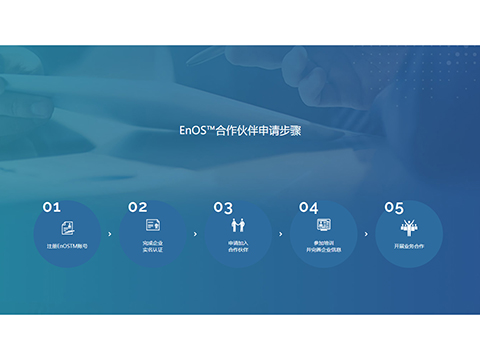 Envision
Envision
-
 Huawei MWC2018
Huawei MWC2018
-
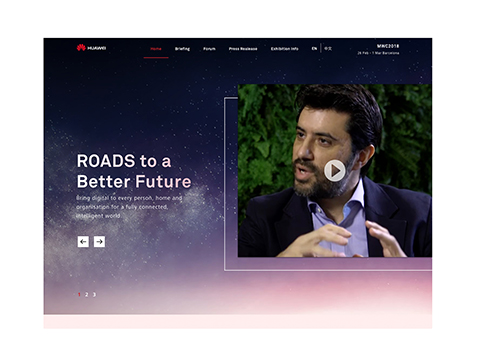 Huawei MWC2018
Huawei MWC2018
-
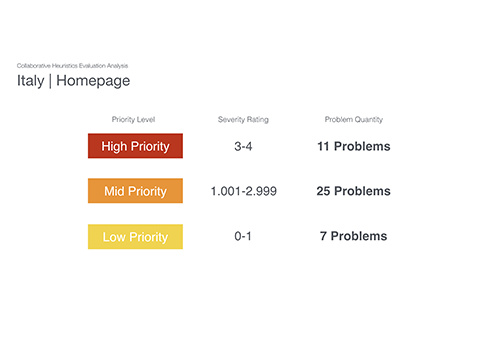 Rating the problems by using the usability problem severity
Rating the problems by using the usability problem severity
-
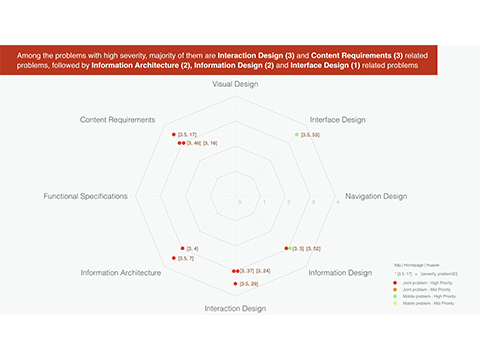 Using CHE to present the problems clearly
Using CHE to present the problems clearly
-
 The specific problem description corresponds to the corresponding severity.
The specific problem description corresponds to the corresponding severity.
-
 Actionable results, most valuable for client to set design directions
Actionable results, most valuable for client to set design directions







